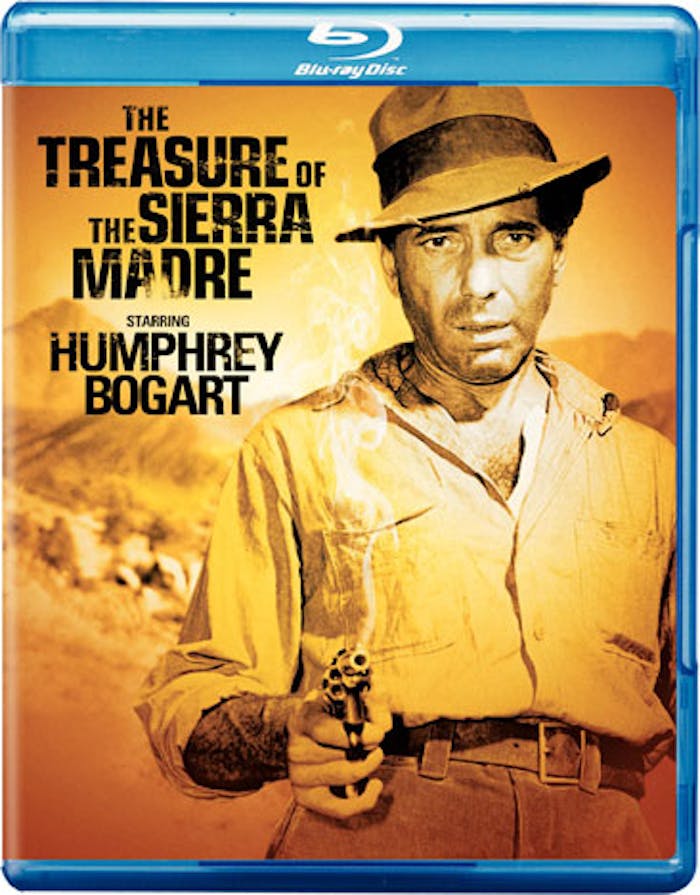
Based upon the book by B. Traven, The Treasure of the Sierra Madre is generally considered one of the greatest movies ever made. Interestingly, Traven was such a recluse, he would only make notes on the script via letter. Eventually, he did send his representative, a man named Hal Croves, to the set as technical advisor. It was greatly suspected Croves was in fact Traven, but never proven.
Mostly shot in Mexico over six months, it was one of the first American films to be shot on location, much to the chagrin of Jack Warner who was footing the bill. He changed his mind when director John Huston won the Oscar for it. John’s father, Walter, won another Oscar for it for his role of Howard, the good-spirited gold prospector. John initially wanted his father to play the lead role but World War II intervened and by the time they were able to make the film in 1948, he was relegated to the smaller, secondary part. Walter initially balked at this but was eventually convinced to play the part and it is now his most famous role.
Humphrey Bogart, Warner Brothers’ biggest star, took the lead role of Fred C. Dobbs, a down-on-his-luck drifter begging for spare change in an outback Mexican town. While there, Dobbs befriends another American drifter, Bob Curtain (Tim Holt). Both get swindled by by a man promising big wages for hard work, but when the work’s done, the man with the money is nowhere to be found. They meet an old prospector, Howard, who tells tall tales about finding gold all over the world and the way it changes men’s hearts. When Dobbs and Curtain finally beat their wages out of their former employer, they convince Howard to take them out prospecting deep into the mountainside.
It’s hard traveling but thoughts of striking it rich keep them going. Just as they are about to give up, they find a rich vein and begin mining it out. As the sacks of gold begin to pile up, so does their mistrust for one another. Each night they take their own sacks and hide them. One night Howard hears some wild animals howling and gets up to check on the mules. Dobbs wakes to find Howard missing, fears he’s searching for his sacks, grabs his pistol, and takes off after him. Howard returns to bed but now Curtain is stirring and goes out after Dobbs, fearing he’s gonna find his gold. When he returns, Dobbs remarks that even though it’s now his turn to go out wandering into the night maybe it’s best if they just get some sleep instead.
While in town restocking the supplies, Curtain runs into another American who knows there is gold out in the mountains but has yet to locate it. He follows Curtain back to the mine and tries to force the others to let him mine there as well. Just as the three have about decided to kill the man, bandits arrive, one of whom delivers the much misquoted line “Badges? We ain’t got no badges. We don’t need no badges. I don’t have to show you any stinking badges.” They are fought off but it only serves to drive the three even madder.
It is Dobbs that really loses it, constantly fearing the others are plotting against him while simultaneously conjuring plans to steal their gold. Bogart gives one of his greatest performances. The location shooting on those craggy Mexican mountains gives a real feel for the isolation and desperation the miners must have felt. It’s tragic, ironic ending gives it a depth of meaning not often found in big-budget adventure films.
The Treasure of the Sierra Madre is a beautifully crafted film that is wonderfully entertaining yet plunges the viewer deep into its characters hearts, full of greed, violence, and occasionally kindness. It still holds up as one of the great American films 70 years after it was made.